I'm a visual artist who is fascinated by nature and electricity. I'm passionate about the parallels between hardware and biological life. Through my work, I seek to understand the universal spark of life. You can see images of my past work, now spanning two decades, on my website: https://www.kellyheatonstudio.com
Electronic sculpture
Explore the spark of life through circuit art
 Kelly Heaton
Kelly Heaton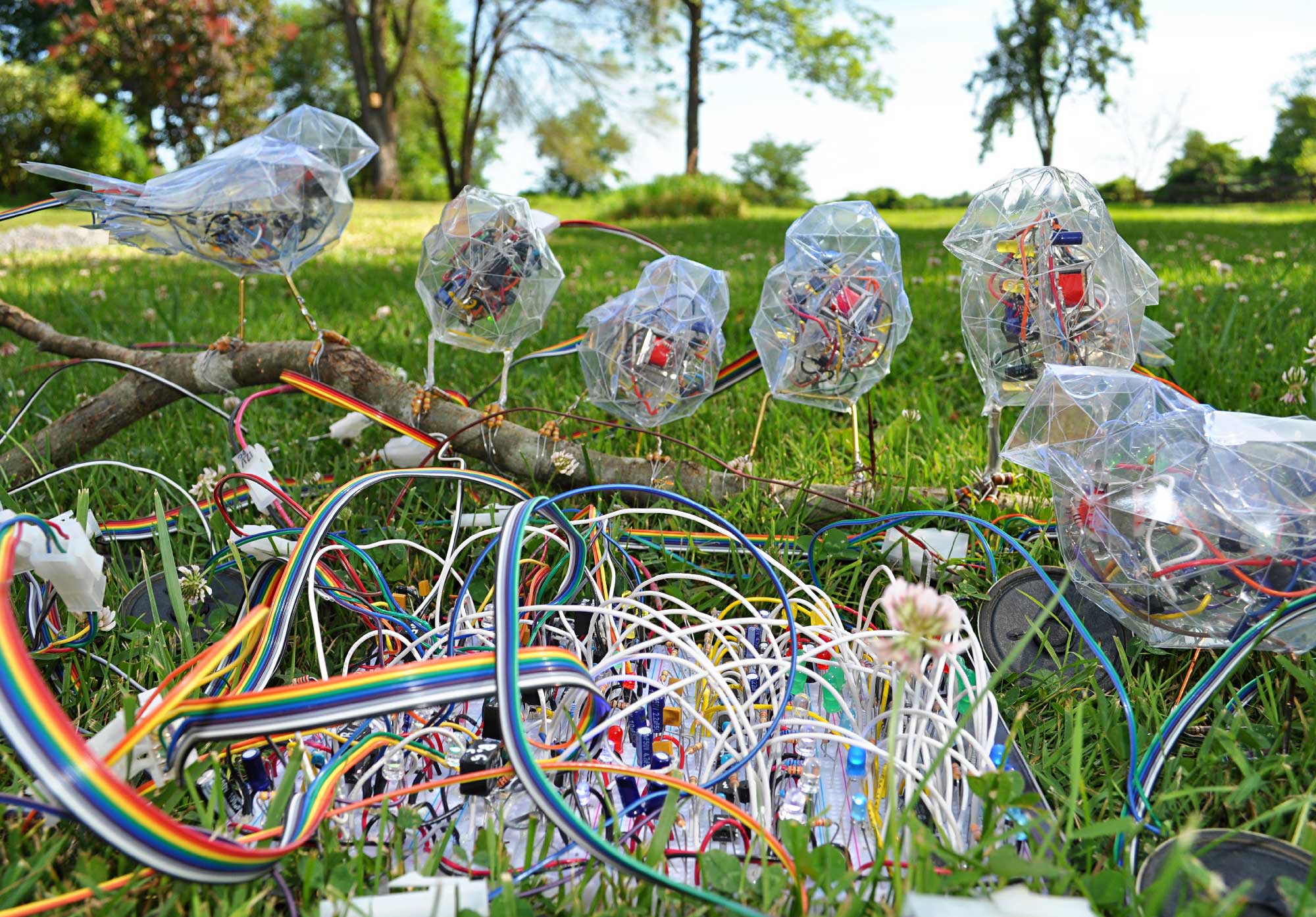


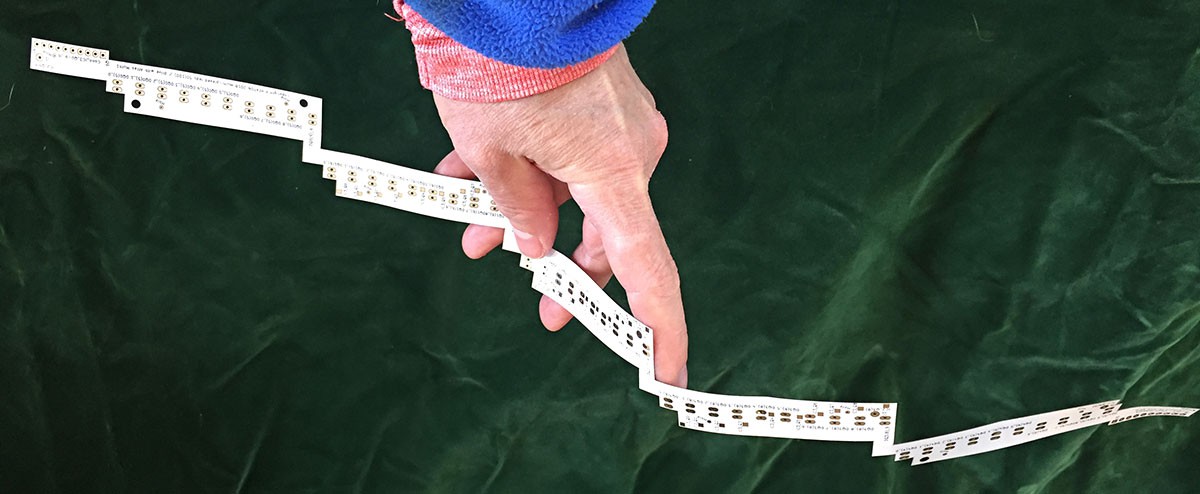
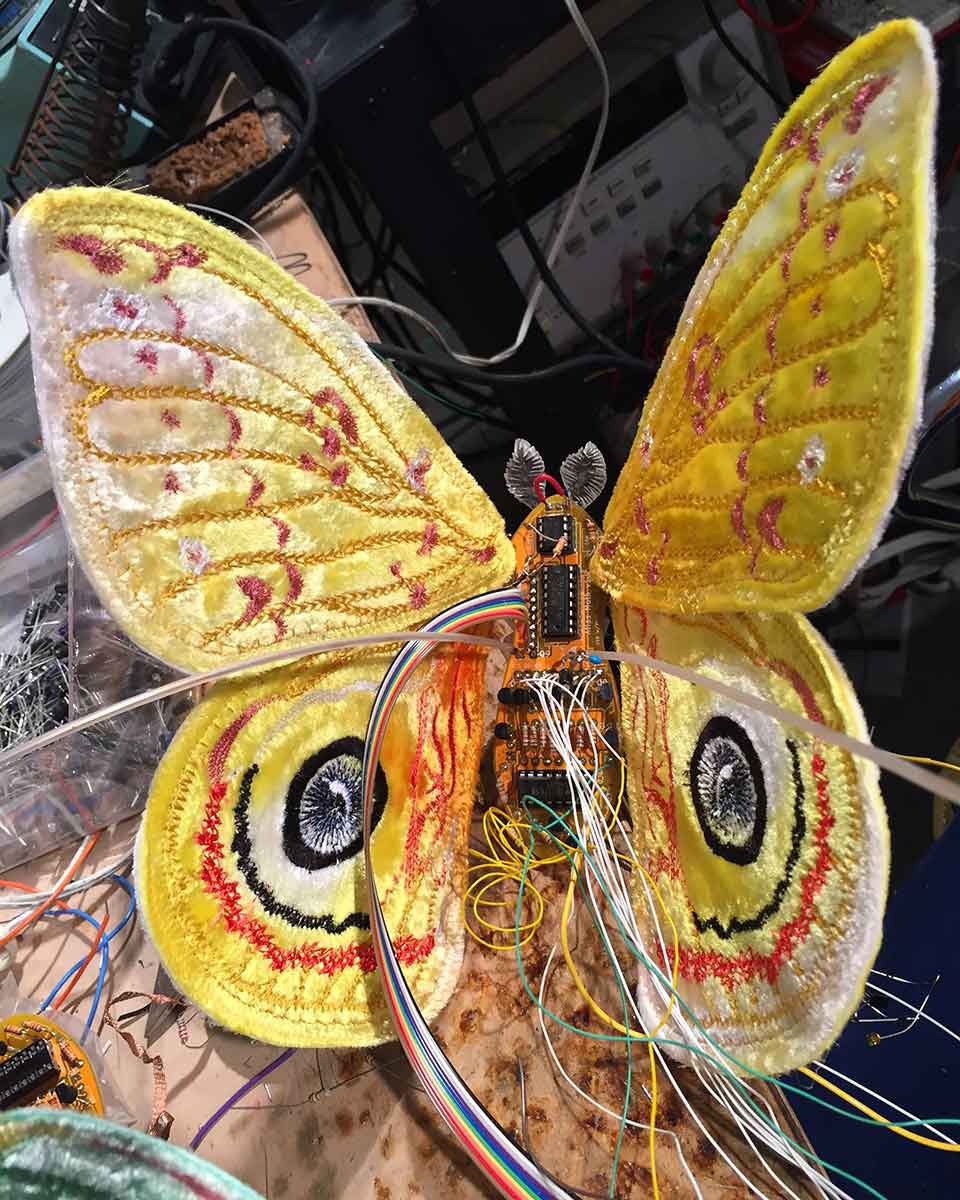



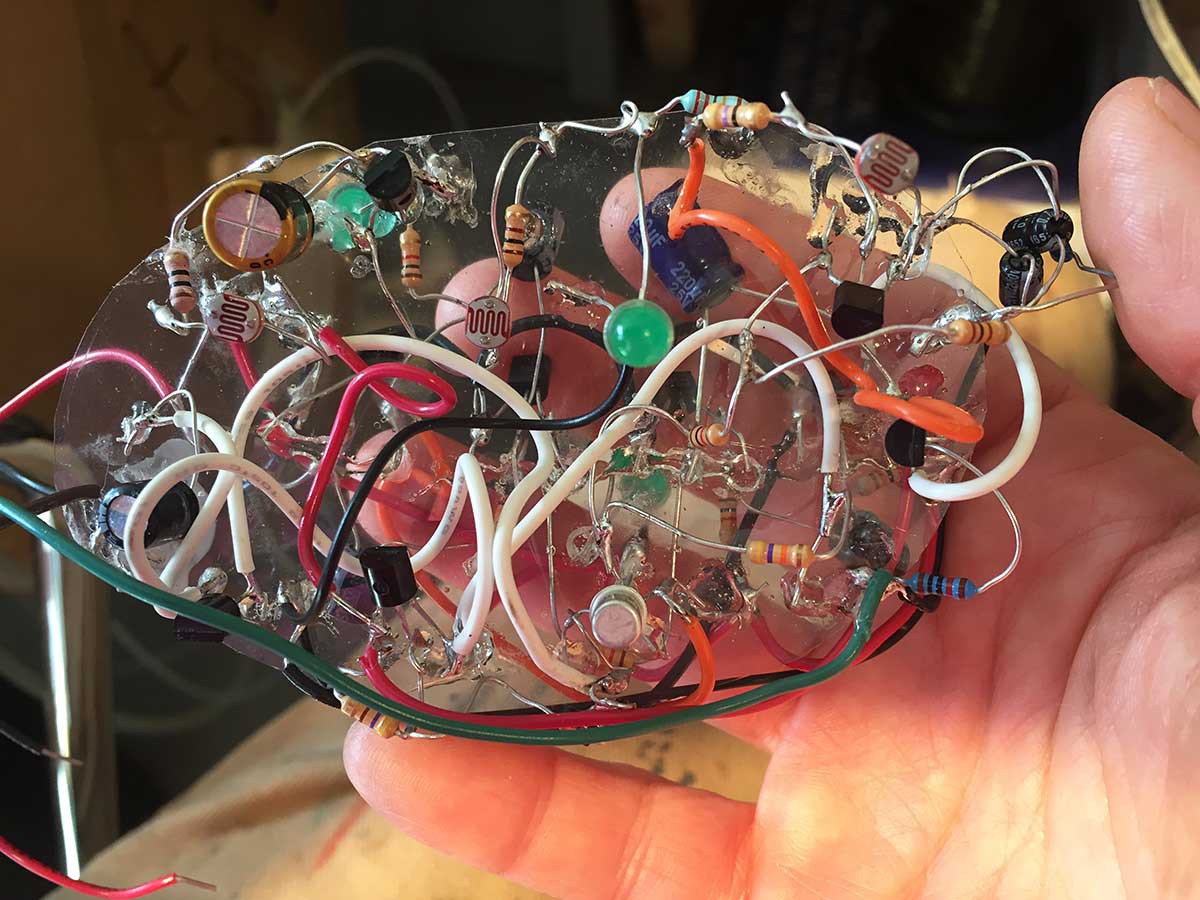


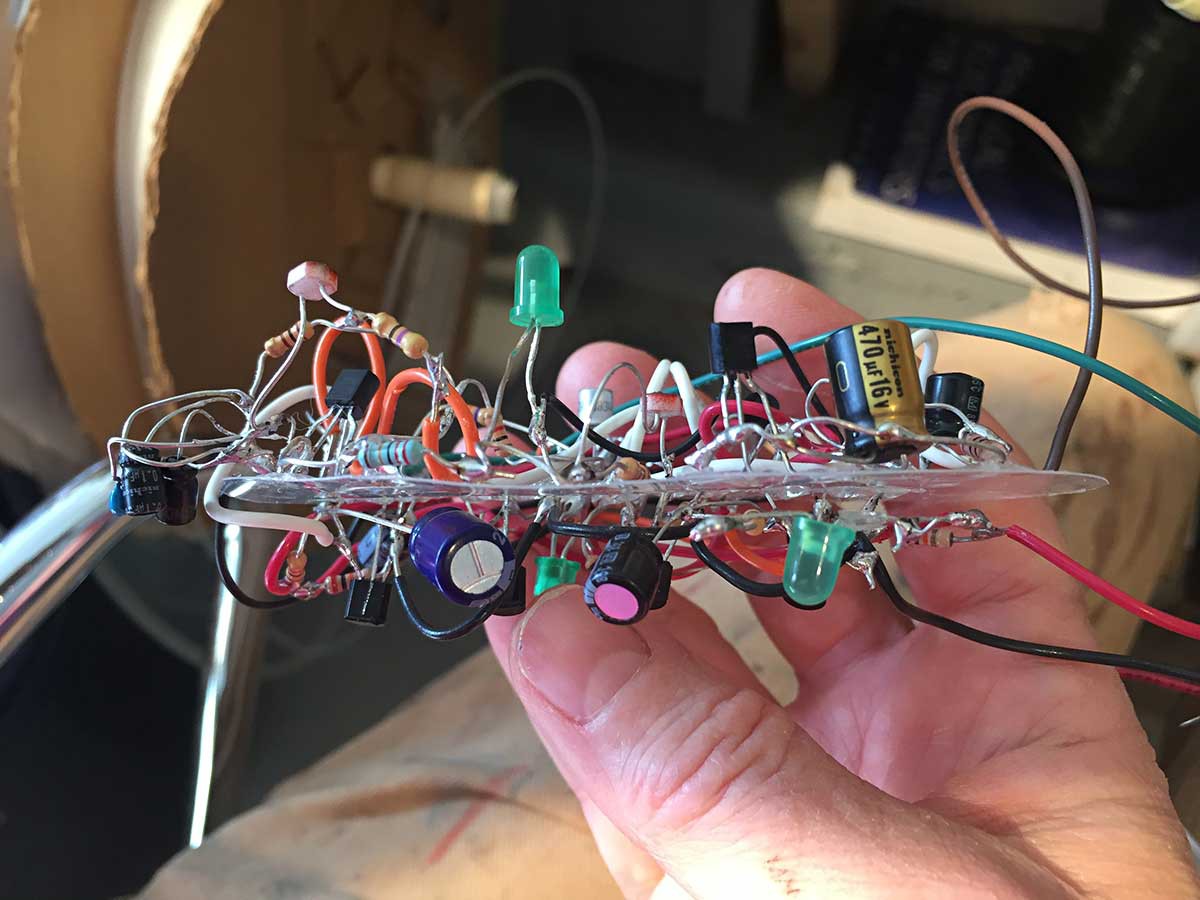
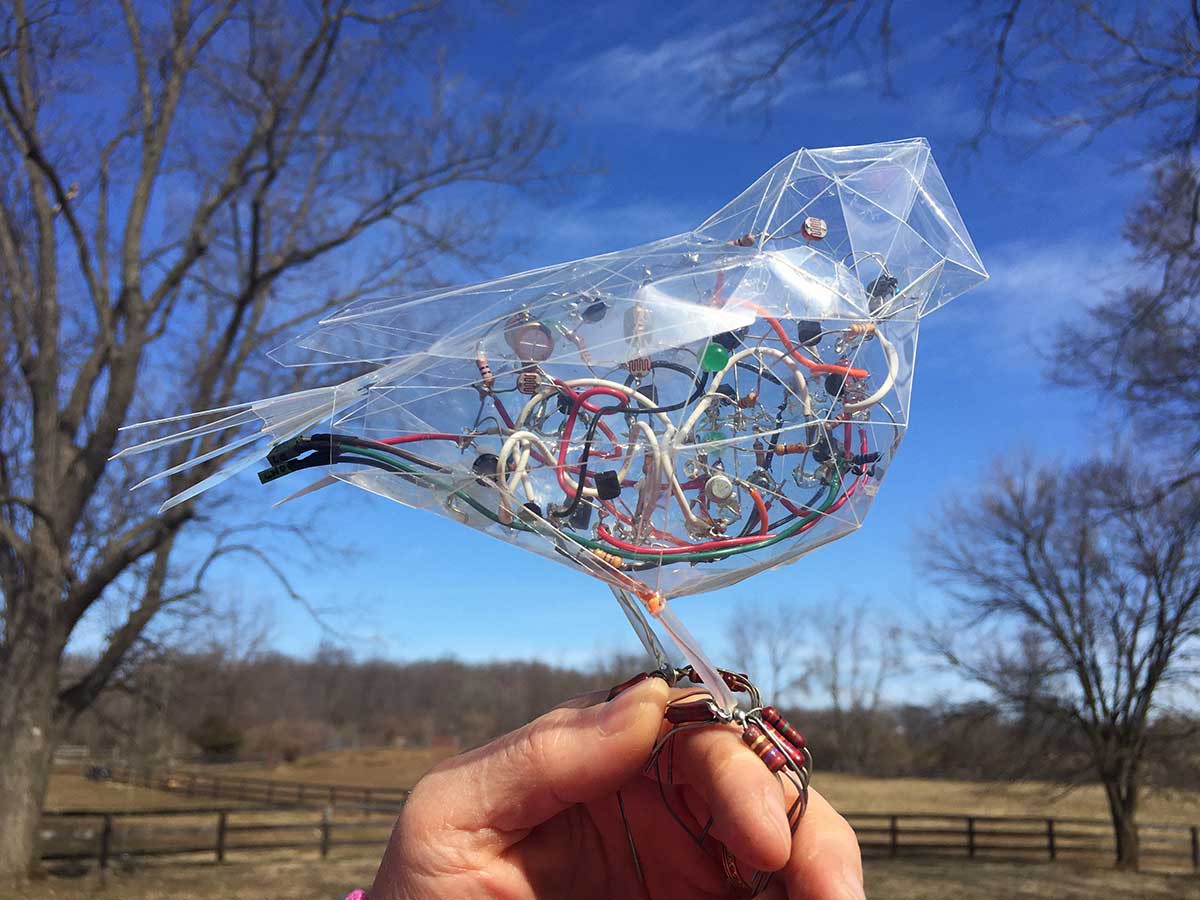
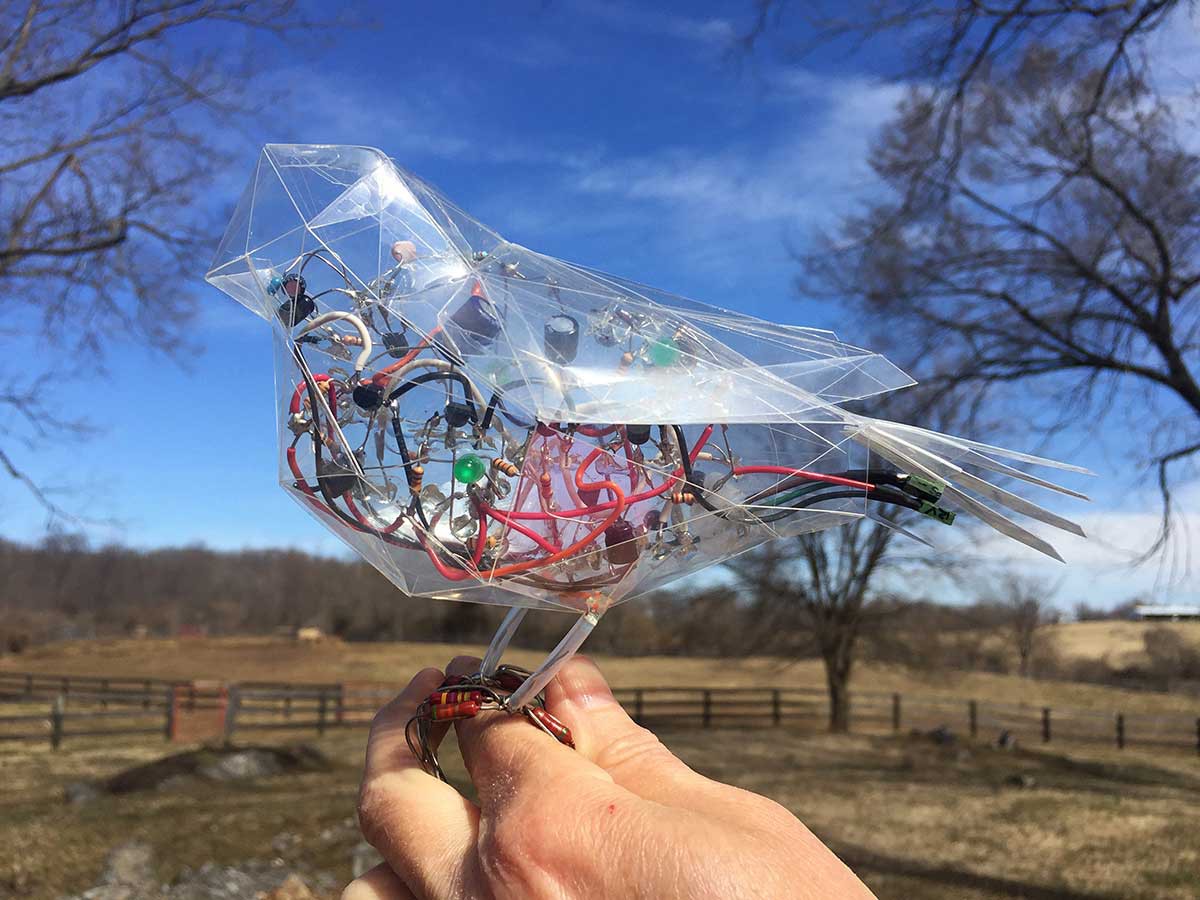
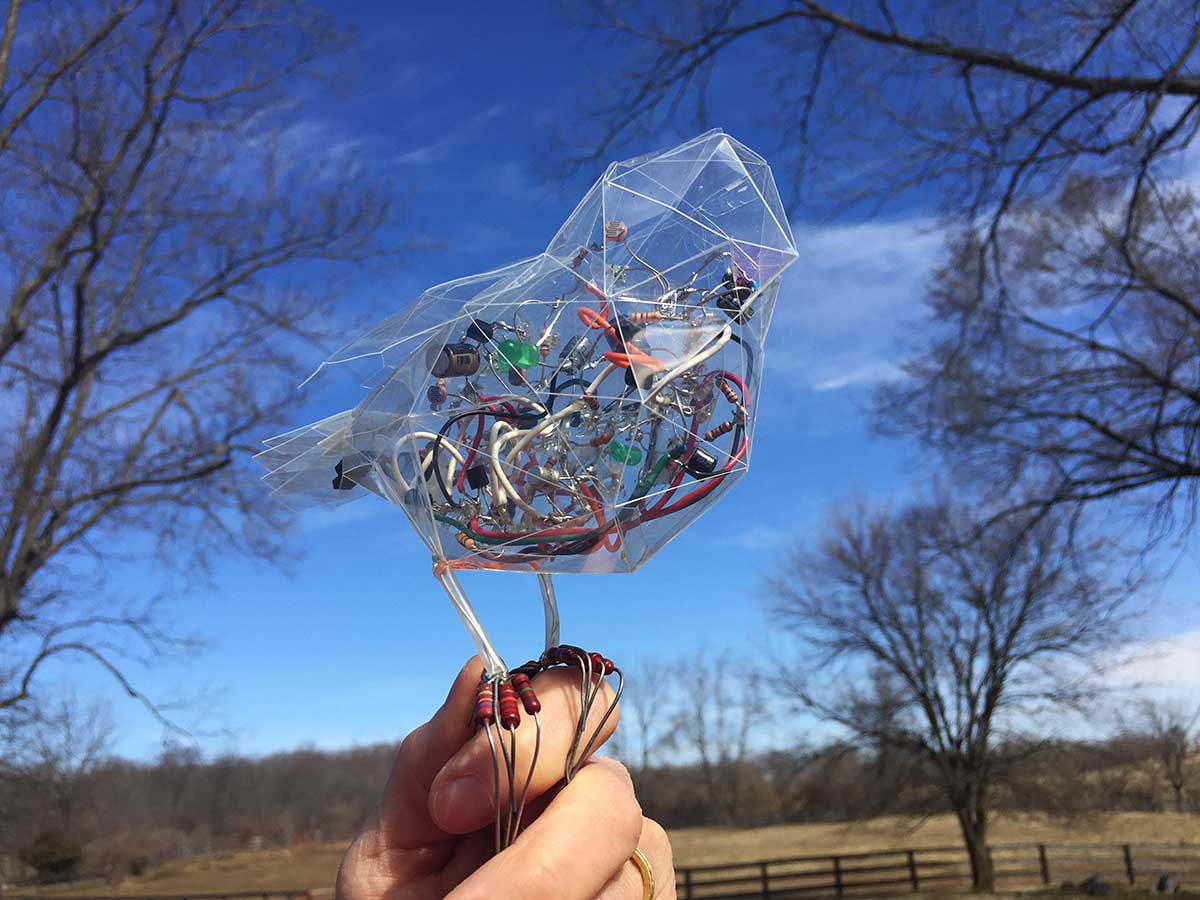


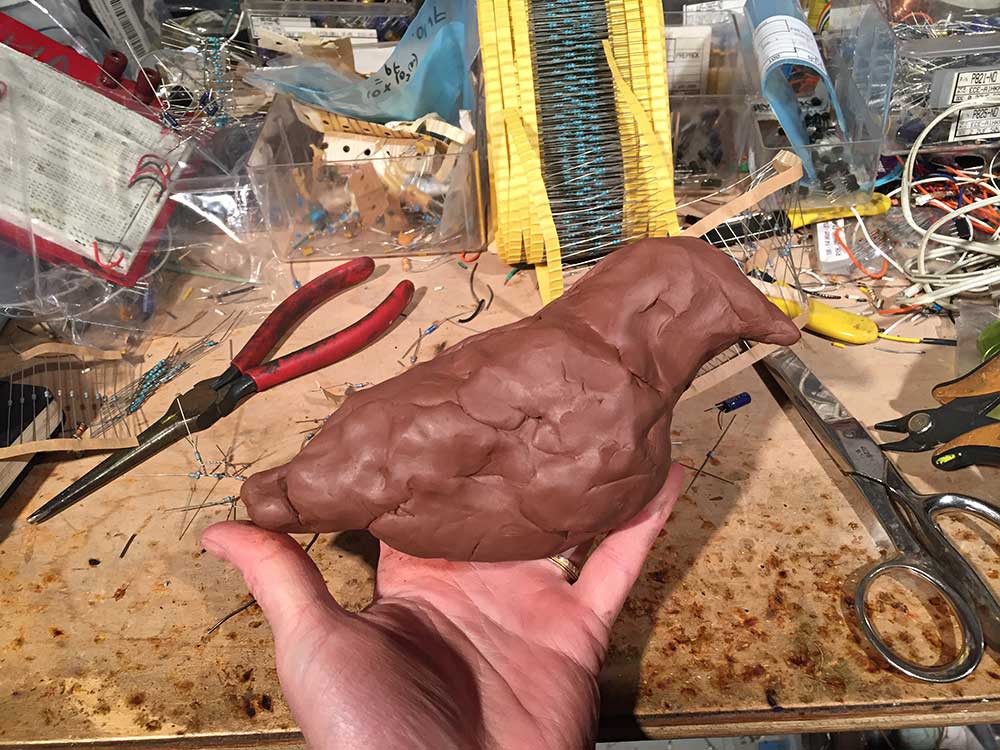
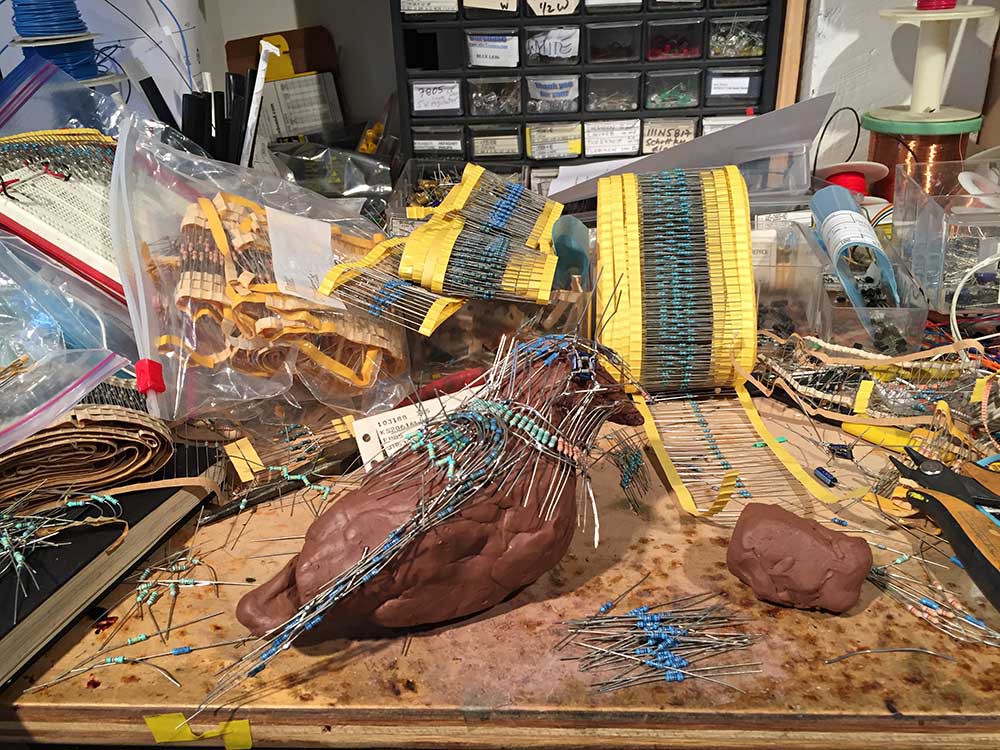
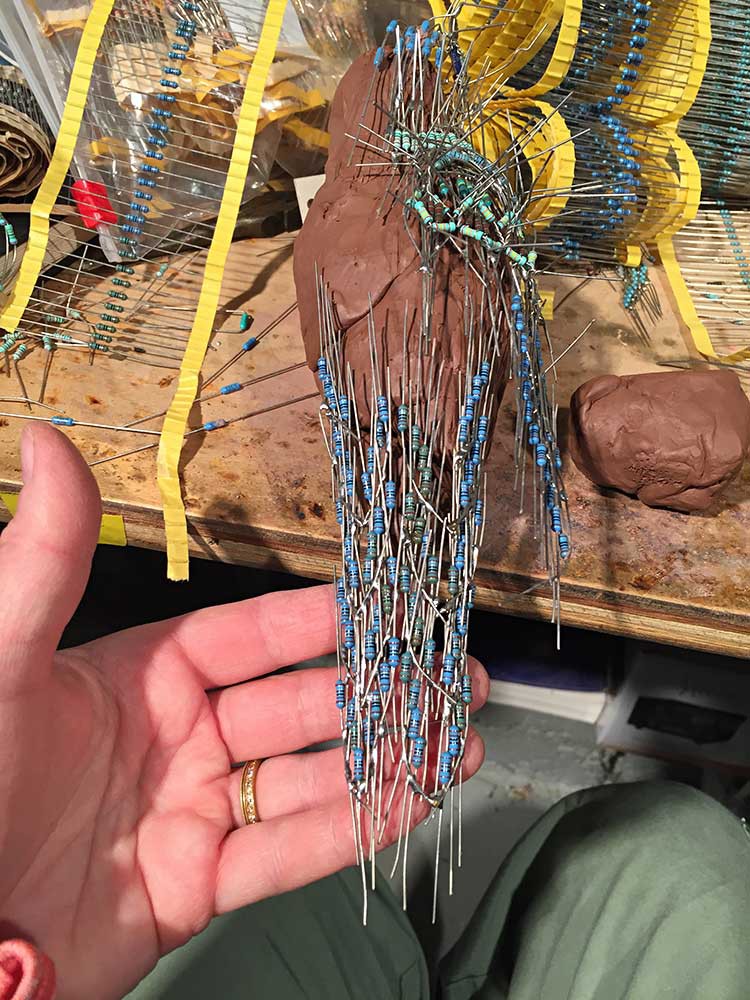
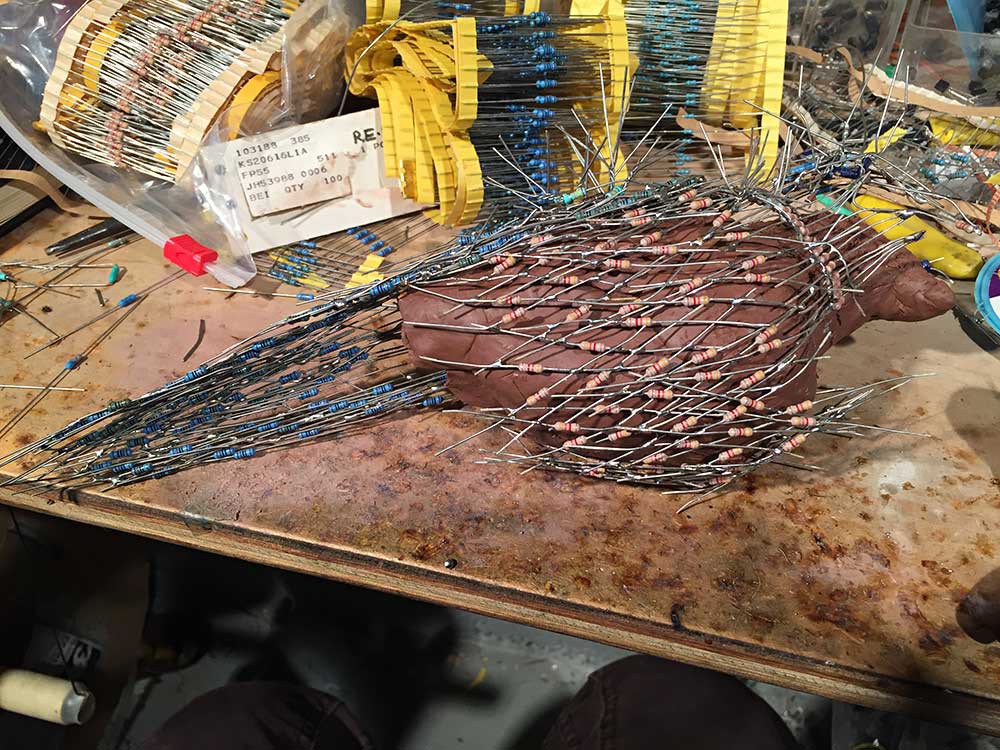




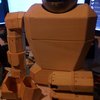


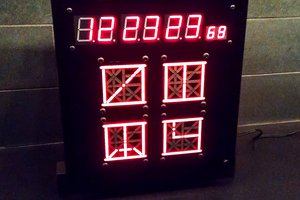
 RIUM+ (Mike Ando)
RIUM+ (Mike Ando)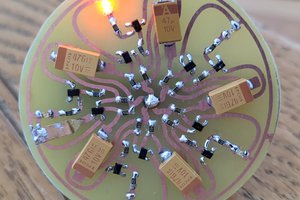

 Yaroslav
Yaroslav
 Not Pike
Not Pike
I didn't need to see the official announcement to know this is a winner;-) Incredibly inspirational piece of work, thank you!